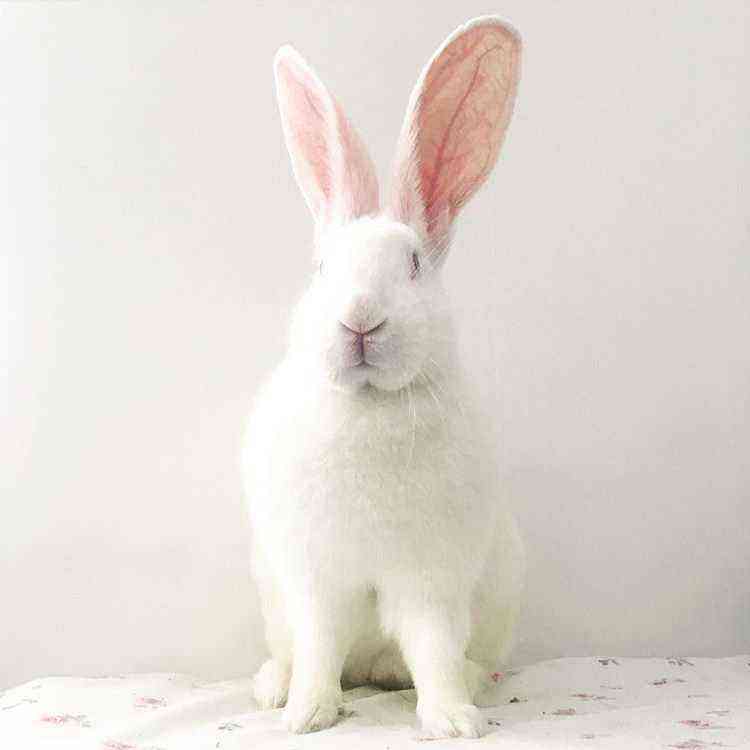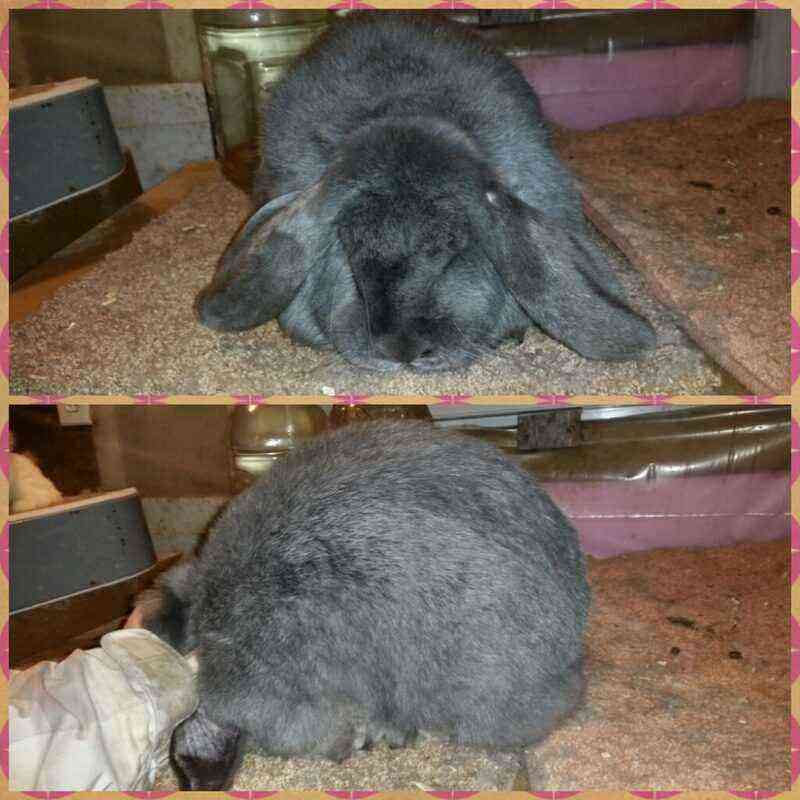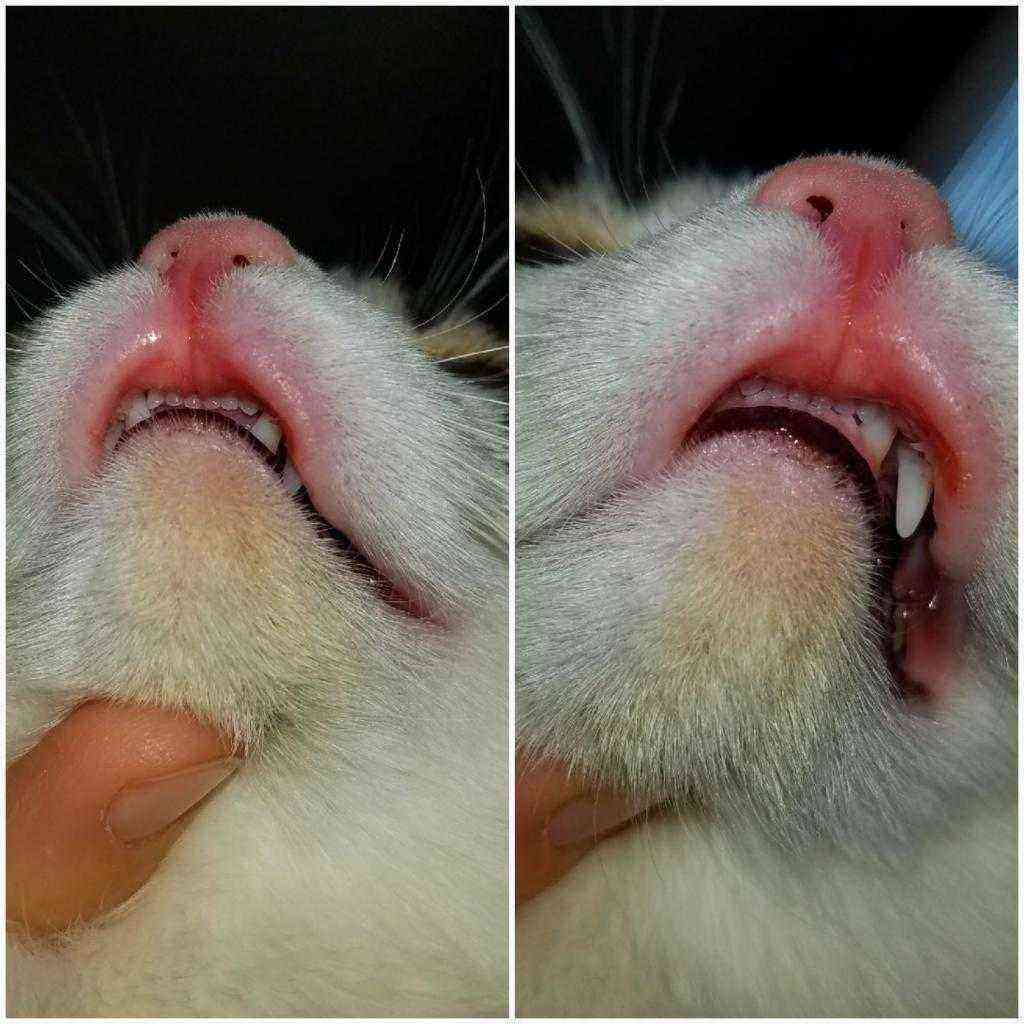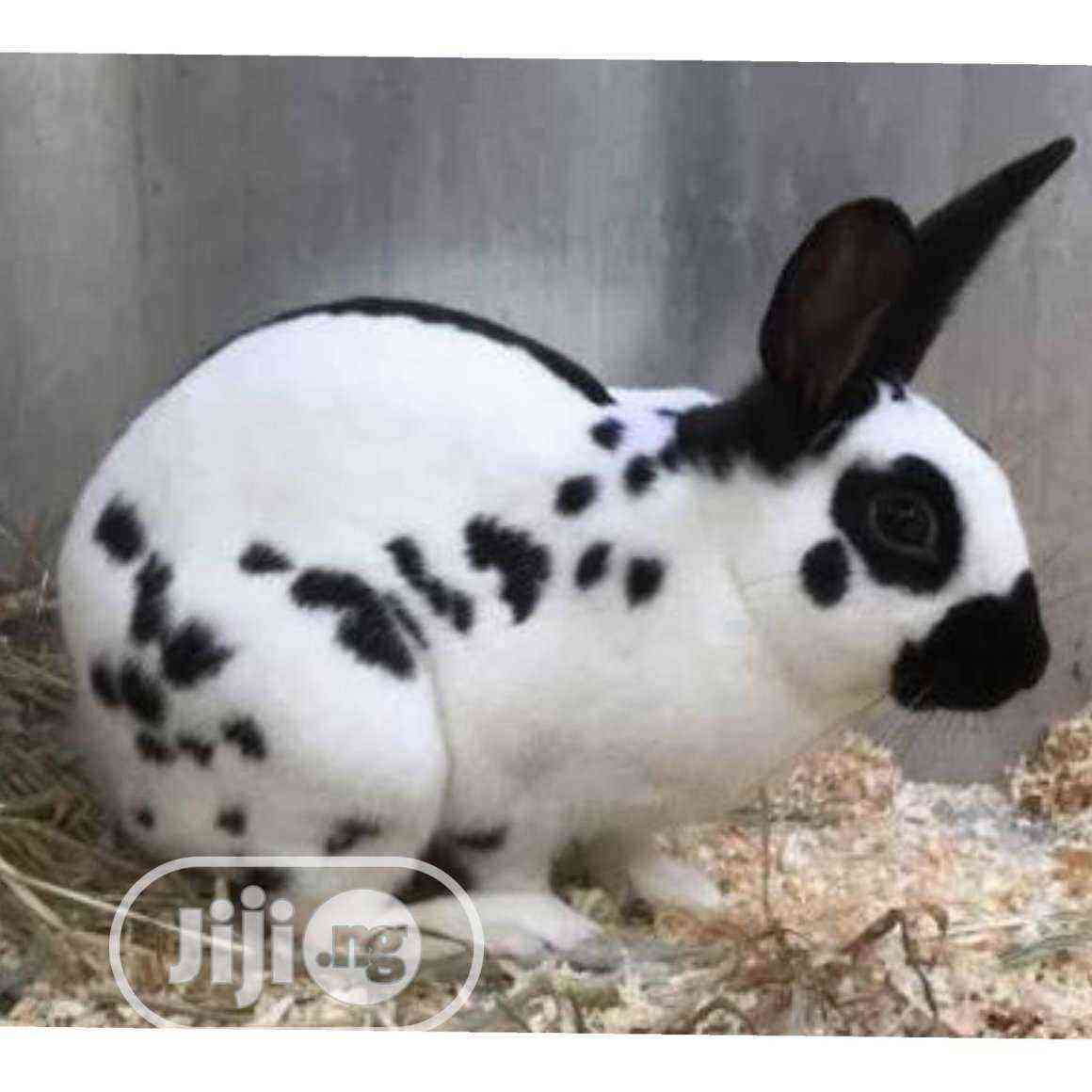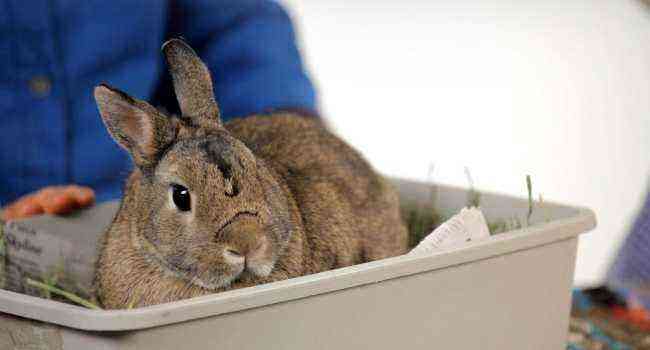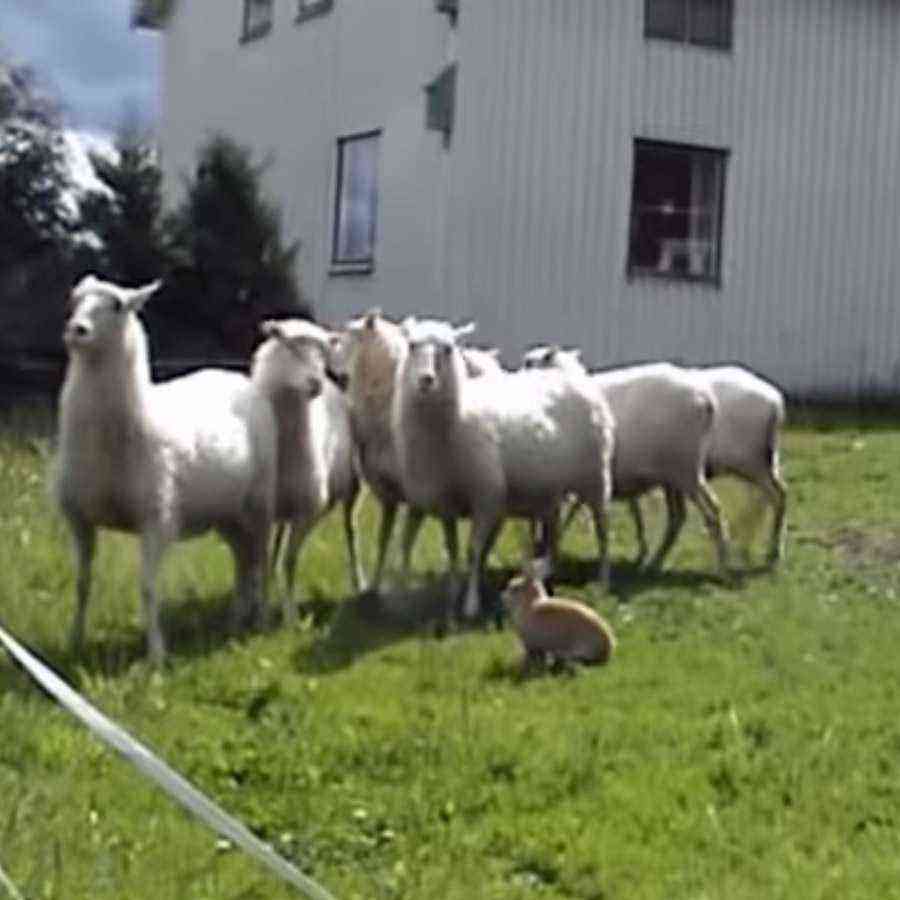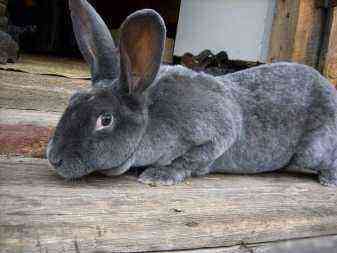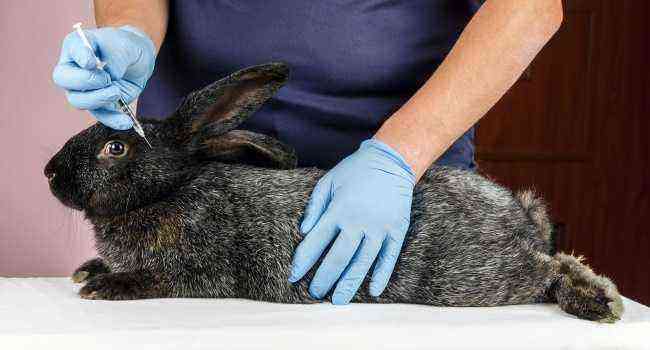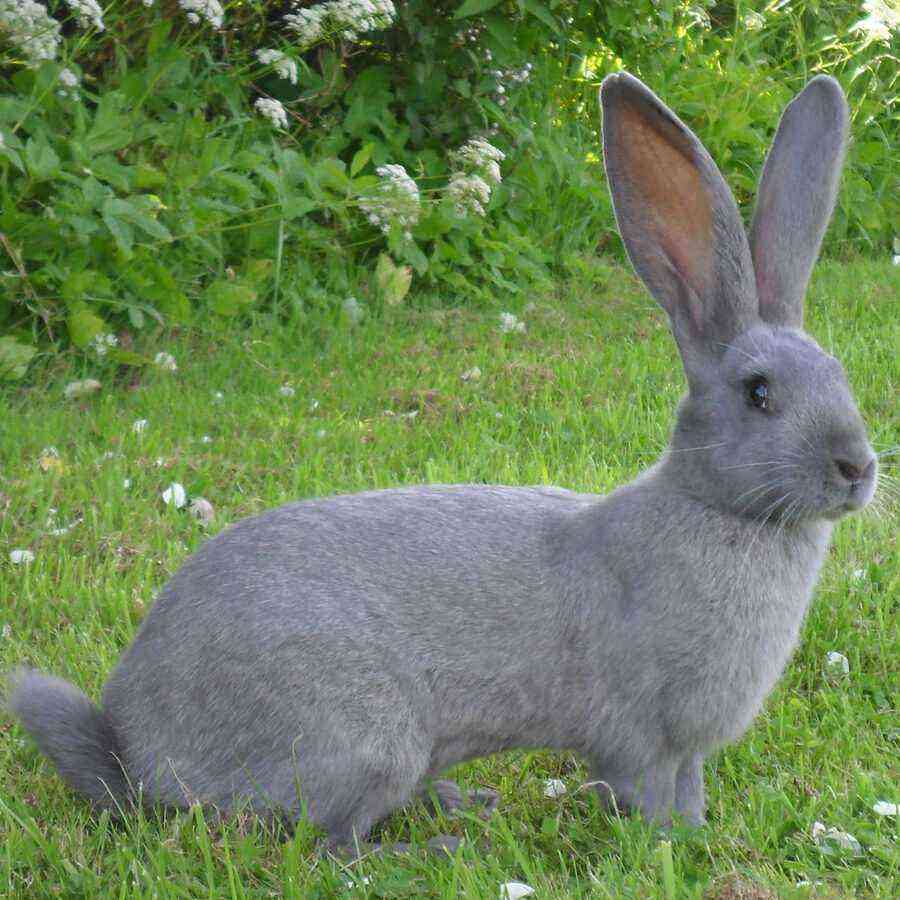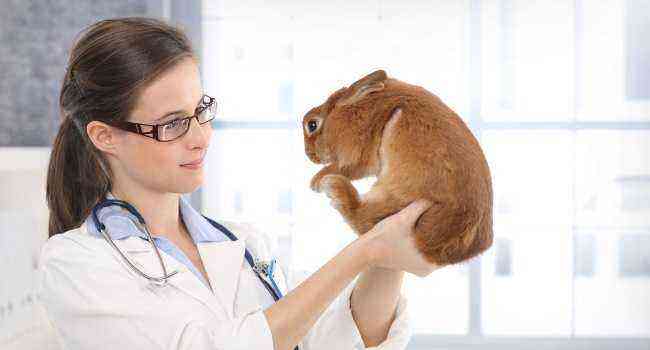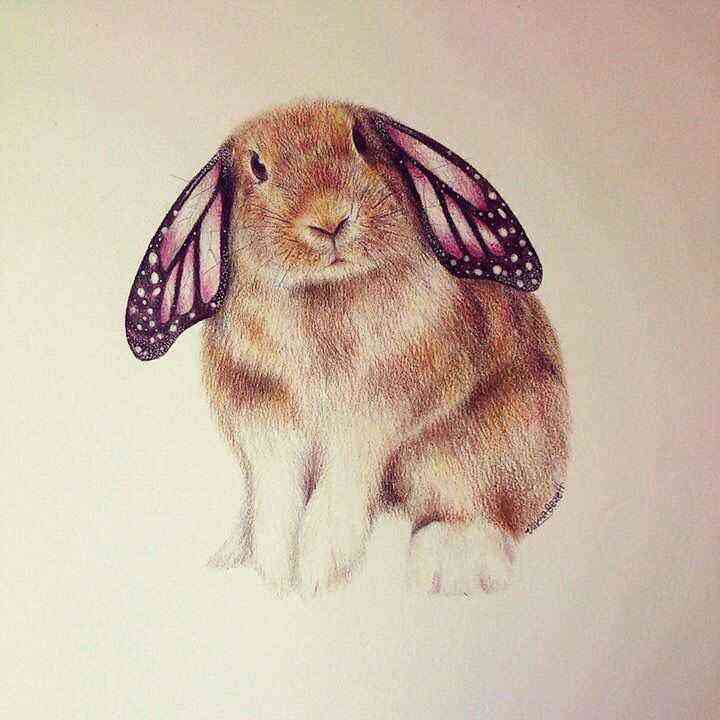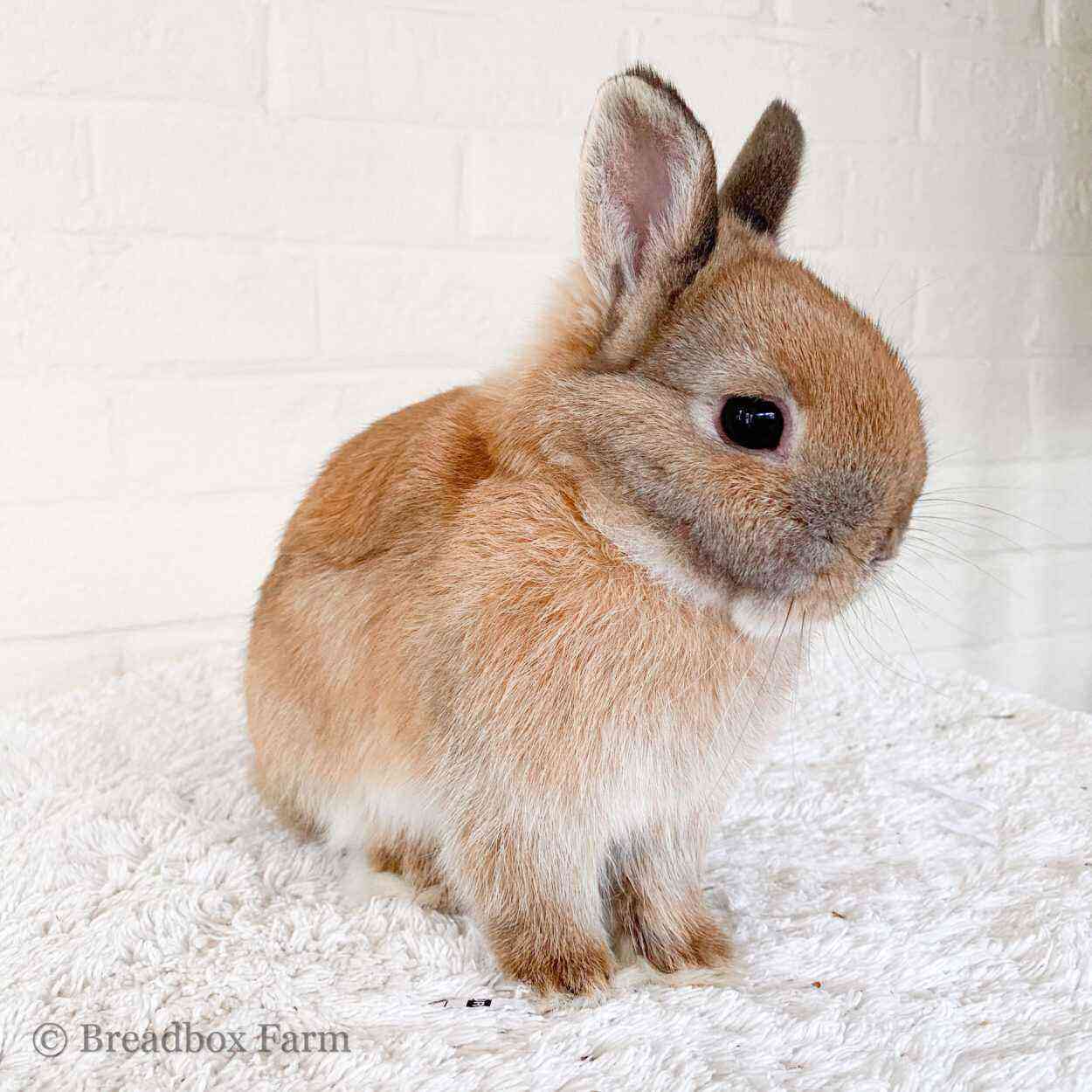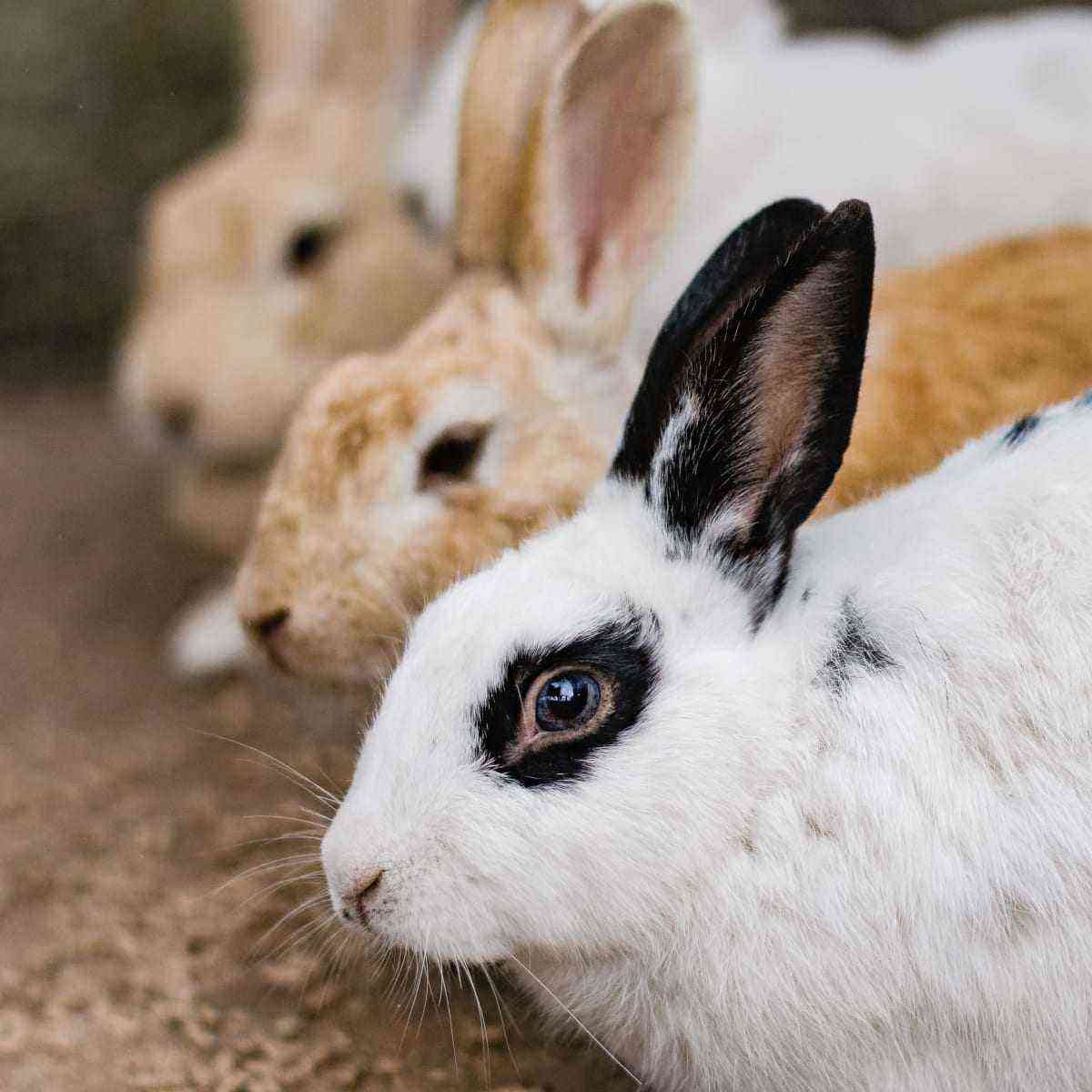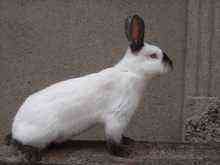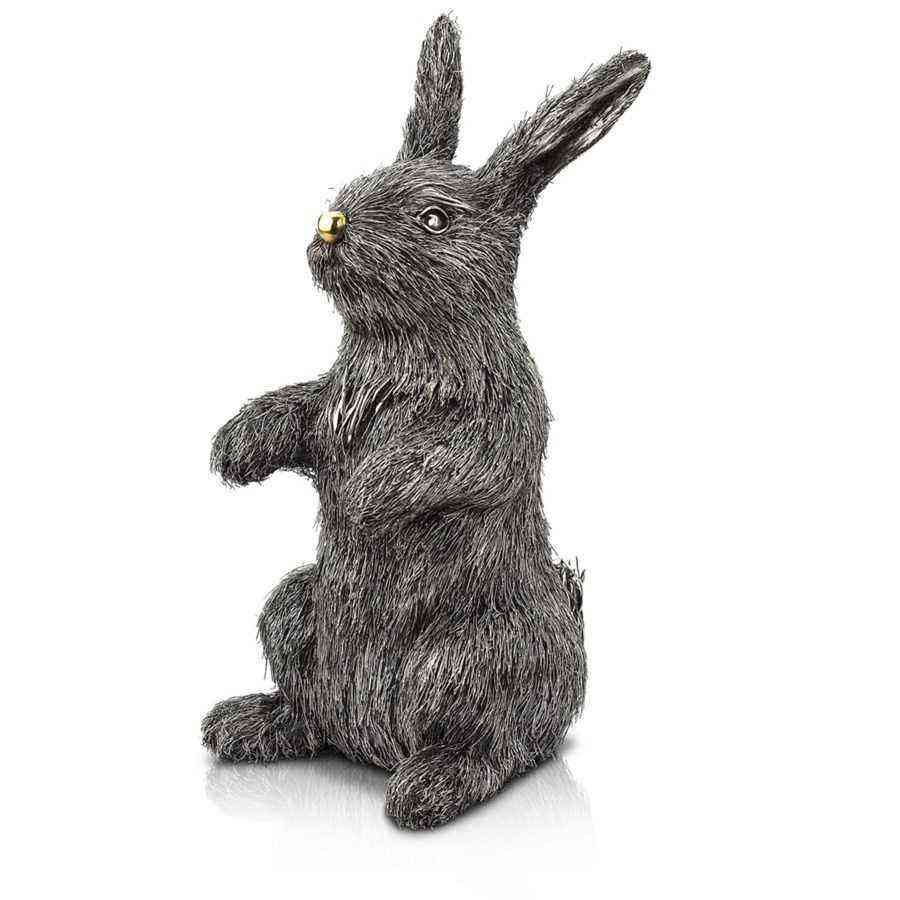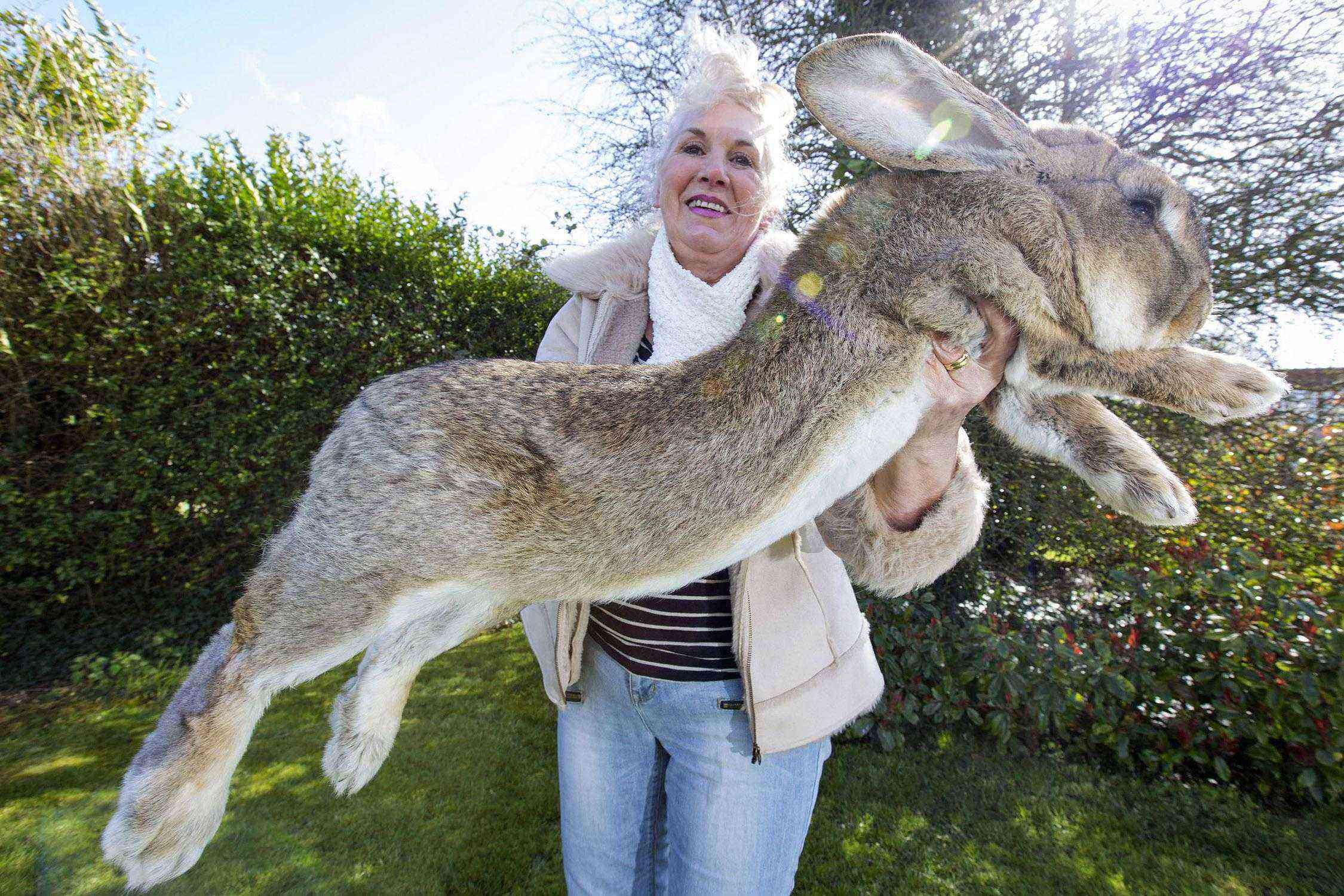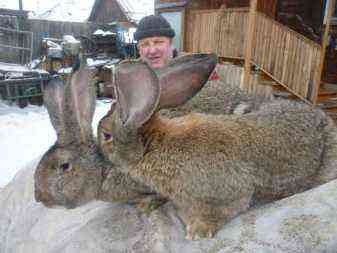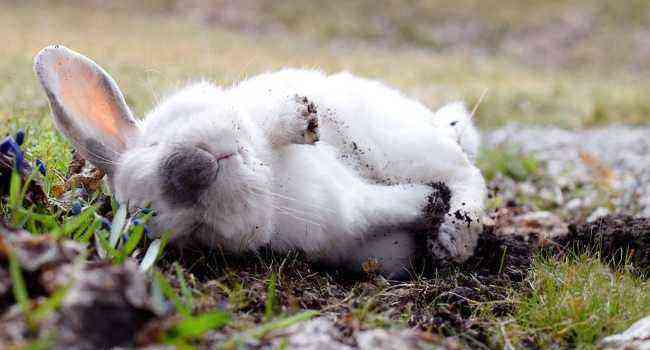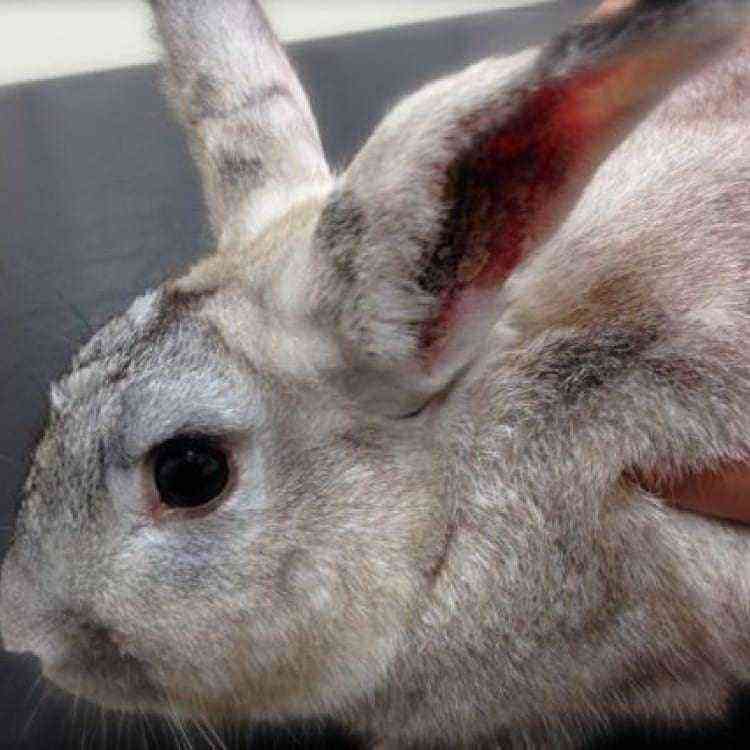There are many different breeds of rabbits. One of the unusual ones is lion heads. They differ not only in their original name, but also in appearance.
History of the breed
The lion-headed rabbit is a completely new breed that was born at the end of the XNUMXth century. It was bred by Belgian breeders who crossed the Dutch dwarf rabbit breed with the Swedish fox breed. As a result of this, quite interesting animals appeared with a lot of fur around their heads. It is due to this that the cute rabbit muzzle is a bit like a lion’s head.
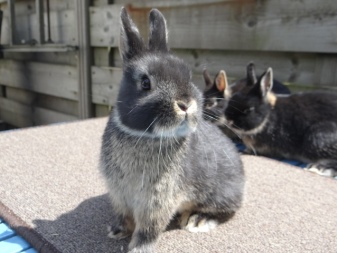
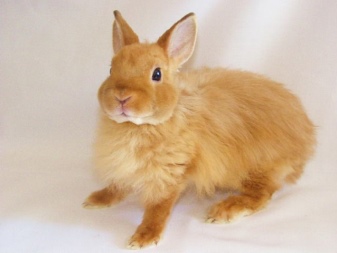
However, these unusual beauties were officially registered only at the beginning of the XNUMXth century.
Rabbits had very thick hair not only on the head, but also on the chest and neck. American scientists did this and got the right to participate in various exhibitions. They called their pets lion-headed dwarf rabbits. These animals were very liked by many breeders and were distributed to different countries. They were brought to Russia at the beginning of the XNUMXst century and very quickly became popular.

Characterization
If we consider purebred animals of this breed, then they have the following Features.
- Lion-headed rabbits are distinguished by a small and short body, but at the same time rather broad shoulders and chest.
- The paws, like those of most representatives of these animals, are very strong and well developed.
- The head is quite small, with lush cheeks. It has rather short ears up to 10 centimeters in size. They are slightly rounded at the edges and V-shaped.
- The neck is short, besides, it is almost invisible behind a too thick mane.
- The size of an adult animal is quite small. The rabbit weighs no more than 1,8 kilograms.
- Rabbit fur is of medium length and is evenly distributed throughout the body. On the sides of the animal are quite lush strands.
- However, the main advantage of the rabbit is its lion’s mane. Its length reaches 8 centimeters. It is located on the back of the head, covers the entire neck and captures a little of the chest and back. Very often, the mane of rabbits is a bit like a tuft that hangs down on the forehead.
- The color of animals of this breed may be different. There are orange, and tortoiseshell, and black, and sable, and chinchilla, and blue.
- Such a creature lives with good care for no more than 9 years.

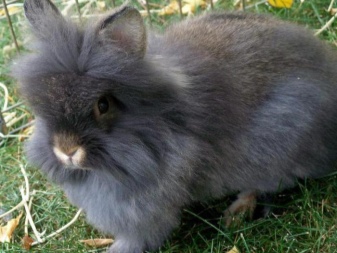
Lionhead rabbits are very funny and friendly animals. They get along well with other pets. If a person is affectionate with them, the rabbit will respond in kind. But if you offend him, he can even bite. Animals love to play with children. In addition, they are easy to train. However, they absolutely do not like when they touch their ears.
Therefore, before playing with pets, it is necessary to warn your kids about this so that the animals do not bite them.

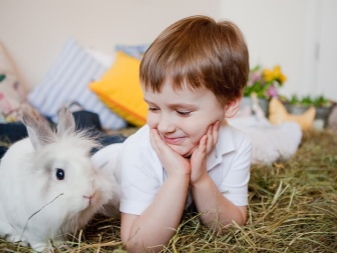
How to feed?
Since rabbits like to eat a lot and often, there should always be something edible in their feeder. In addition, water must also be in the access zone, it must be changed daily. It is best to use distilled or filtered water. The main food of such animals is special feed, which can be bought at any specialized store. In addition, the following foods should be included in their daily diet:
- 230 g of beets, you can use both sugar and fodder;
- 230 g of carrots, which will provide the animal with carotene;
- Xnumx apples;
- 250 g fresh cabbage;
- 450 g fresh herbs;
- there must be fresh branches of fruit trees, this is necessary for grinding teeth;
- some bone meal
- minerals and vitamins.

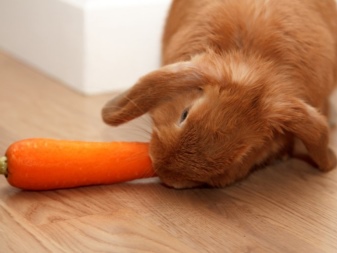


In winter, when there is absolutely no greenery, you can add a little chalk to the diet, as well as crushed shells from chicken eggs. You also need to know that rabbits should not be given red beets, any dried fruits or nuts, as well as sweet and smoked foods.

Necessary care
Any animal needs care, and rabbits are no exception. First you need to pick up a spacious cage. After all, it should contain not only a sleeping place for a pet, but also a feeder, a drinking bowl and a place for a toilet or a special tray. The most acceptable dimensions are 1 meter in length, 80 centimeters in height and 70 centimeters in width.
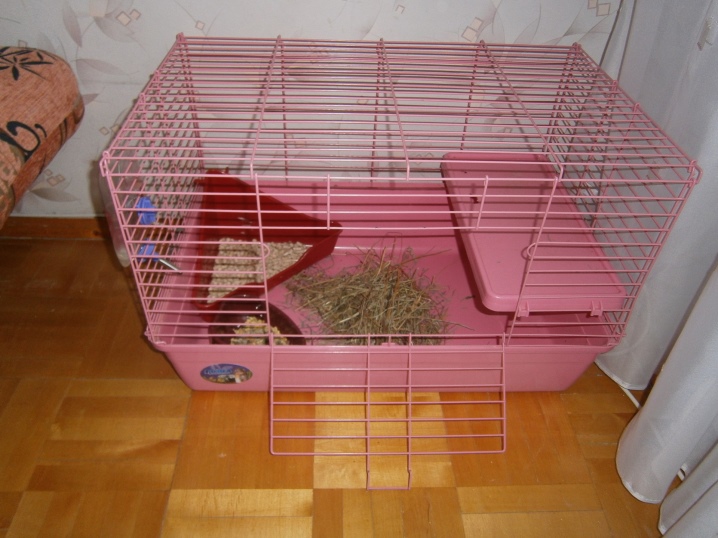
It is necessary to install the cage in a place where there are no drafts, and also a little away from any heating devices. If the cage is placed on the street, then direct sunlight should not fall on it.
In addition, it is necessary to protect lion-headed animals from any loud sounds, as they do not like it.
The temperature in the cage should always be between 20-25 degrees. Rabbits must definitely feel protected in their house, be calm, and also see their owners. After the animal has got into the cage, it must not be disturbed for several days so that it can adapt to the new place.
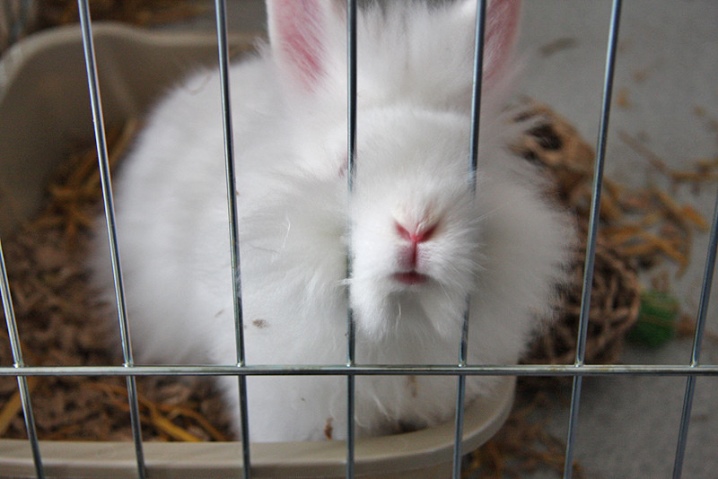
From the first days, you need to start accustoming the animal to the tray. If it is not yet accustomed to the toilet, then it is not worth letting it out for walks around the apartment until it is emptied. The filler can be bought at the pet store. You need to know that pine sawdust cannot be used, as rabbits may begin to develop allergies.

In addition, we must remember that the pet’s home must be cleaned regularly. All dishes are washed every day, the bedding can be changed once every 1-5 days, but only if the lion-headed rabbit goes to the tray. Otherwise, you need to do it much more often. It is best to clean the tray daily so that there is no smell in the room.
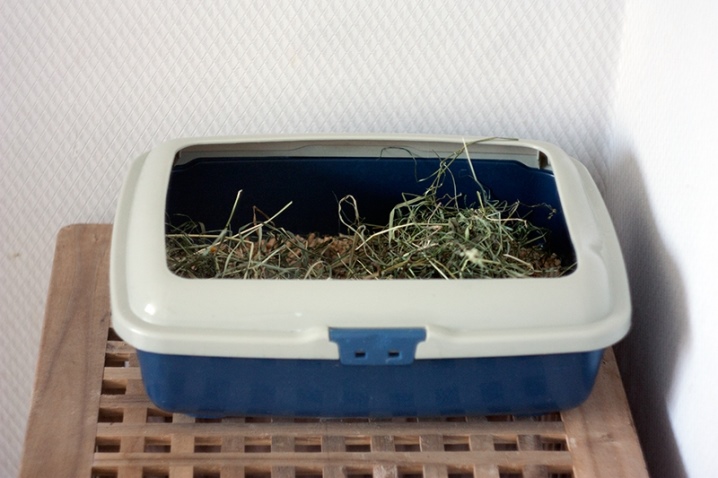
Since rabbits love to lick themselves, their fluff can get into the stomach, which causes obstruction. In this case, you can buy special tablets. In addition, it is necessary to comb animals regularly, using a comb with blunt teeth. If this is not done, then tangles will appear, and it will be very difficult to cut them out without the help of a specialist. You also need to clean the rabbits and teeth. This should be done no more than 3 times a week. Toothbrush and paste can be purchased at veterinary pharmacies.
In addition, special attention should be paid to the health of lion-headed rabbits. After all, they are very disposed to various diseases. There are some of them that are not even treatable. Accordingly, it is best to warn them so as not to lose your pet in the future.
Diseases are as follows.
- infectious diseases, such as conjunctivitis or bronchitis. In this case, you should immediately call a specialist.
- Viral infections can be prevented by vaccination. Most often, rabbits suffer from hemorrhagic pneumonia. This disease is carried by both animals and humans.
- stomach diseases, such as constipation or diarrhea. In this case, you need to change the food.
- skin diseases treated only with injections.
- Heatstroke happens from overheating in the sun. In this case, you can reduce the temperature in the cage with ice bottles. In addition, you can bathe rabbits in great heat. If there is no time for this, then you can simply dip the animal in water, which should be at room temperature.
- In addition, animals can be scared, they get nervous.
- Ringworm or scabies may occur. In this case, you also need to contact a specialist.
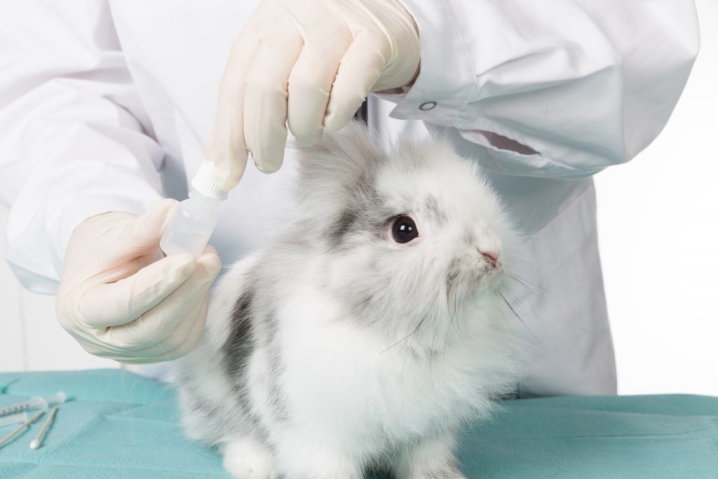
Therefore, for the safety of your pet, it is necessary to carry out timely mandatory vaccinations and vaccinations:
- 28 days after the birth of rabbits – from pasteurellosis;
- 35 days after birth – from a hemorrhagic infection;
- 60 days after birth – from rabies.
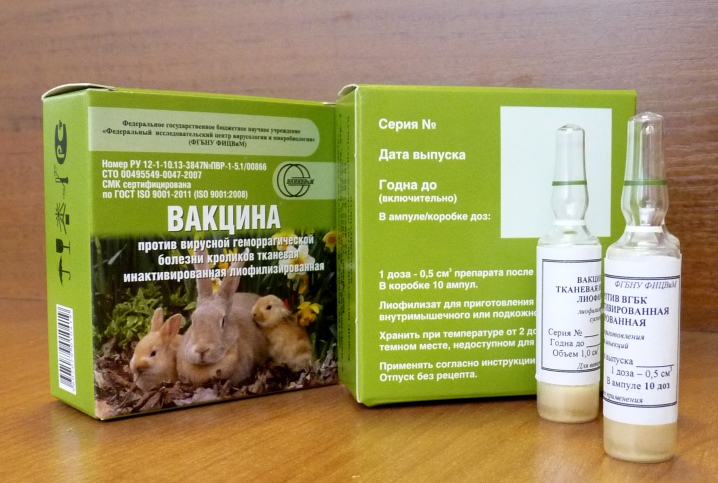
You can also “pierce” your pet for other less dangerous diseases, however, before doing this, you should definitely consult with your veterinarian.
Breeding and reproduction
Rabbits are fertile, on average they give birth to 5 to 8 rabbits. For breeding, a pair is selected with an animal weight of not more than 1,3 kilograms. The age must be at least 7 months, otherwise the young female simply will not be able to bear offspring. Both the female and the male must be vaccinated and must be healthy. Animals must mate repeatedly for mating to occur accurately.

It is also necessary to remember that it is best not to mate during the molting period of animals, since at this time they are in poor shape. In addition, 1 week before mating, the animal must be transferred to the best feed, it is necessary to give more vitamins and vegetables. At the time of this process, everything unnecessary must be removed from the cage, since the animals are very active.
The pregnancy in rabbits lasts from 30 to 35 days. At this time, the animal must be provided with proper care, protect the rabbit from drafts, and also strengthen nutrition. It is also necessary to ensure that the cage is constantly dry. Just before giving birth, the rabbit begins to tear the fluff and make a nest out of it.
You can lay a soft bed for this time so that the babies are warm after birth, and not on the bare floor.

Babies are born almost naked and blind. Only after some time they are covered with fluff. They begin to see in 10 days. In the first period, they are fed only with mother’s milk, and after 25 days they begin to be fed with regular feed.

Summing up, we can say that those people who decide to have lion-headed rabbits take on a lot of responsibility. After all, these animals require increased attention not only in games, but also in care. In addition, they are characterized by very poor health, which requires frequent consultations with a veterinarian.

Overview of lion-headed rabbits – in the next video

